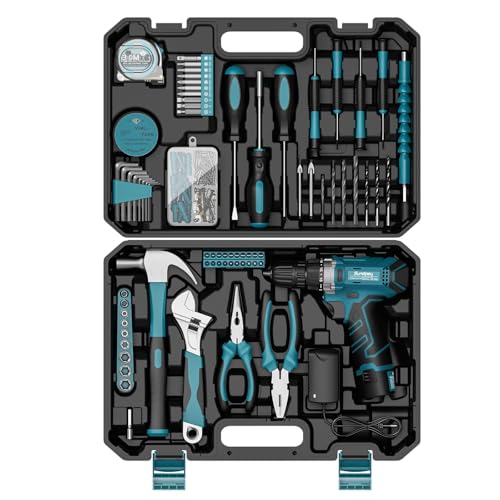currentlydriving
***
- Joined
- Jan 7, 2016
- Messages
- 30
Like Cclcal in a recent post, I’m looking at getting an EVSE, which I’d like to get all set up before I get my e-Golf. (Owing to the age of my house, I have to upgrade the electrical panel, which means my HOA has to approve the panel upgrade and the wiring to the garage. So I want to make sure I have my ducks in a row before I submit my request to the HOA board, in case they ask me for a lot of detail)
I’d like to get a 40-amp/10 kW EVSW to future-proof my installation, in case my next car in three years is a Model 3, an upgraded e-Golf, or whatever Budd-e-type vehicle VW comes up with. (I find it interesting that GM’s specs for the Bolt only include a 6.6 kW charger—really?) Ideally I’d put a NEMA 14-50 plug there to power the EVSE, which also means that in a few years I could just use that plug on a future Tesla, for instance.
There aren't a lot of 40-amp chargers out there that take a NEMA 14-50 plug. I see that Clipper Creek makes one, the HCS-50, but I remember people saying that there were issues with delayed charging with the Clipper Creek units. Given that delayed charging has moved in the 2016 cars from being a CarNet thing to being controlled by the infotainment system, is the delayed-charging issue fixed for 2016 e-Golfs connected to Clipper Creek units, or is that still a problem?
I’d like to get a 40-amp/10 kW EVSW to future-proof my installation, in case my next car in three years is a Model 3, an upgraded e-Golf, or whatever Budd-e-type vehicle VW comes up with. (I find it interesting that GM’s specs for the Bolt only include a 6.6 kW charger—really?) Ideally I’d put a NEMA 14-50 plug there to power the EVSE, which also means that in a few years I could just use that plug on a future Tesla, for instance.
There aren't a lot of 40-amp chargers out there that take a NEMA 14-50 plug. I see that Clipper Creek makes one, the HCS-50, but I remember people saying that there were issues with delayed charging with the Clipper Creek units. Given that delayed charging has moved in the 2016 cars from being a CarNet thing to being controlled by the infotainment system, is the delayed-charging issue fixed for 2016 e-Golfs connected to Clipper Creek units, or is that still a problem?

































